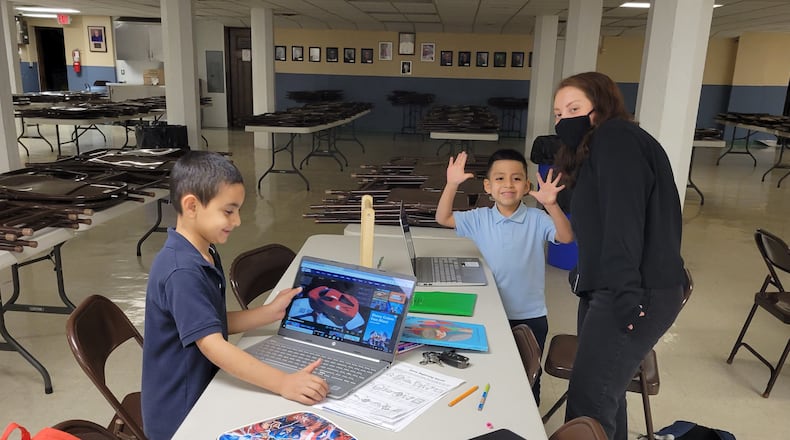El Puente, which is Spanish for “the Bridge,” aims to be a connection point for Latino students and families, linking people with employment, training, housing, family benefits and other resources.
The 13-year-old organization, based in Old North Dayton, has an after-school tutoring program, as well as parent and adult programming.
“We are here to build bridges and make this community better for all,” said El Puente board President Tony Ortiz.
A little over 3% of the Montgomery County population identifies as Hispanic or Latino. The Dayton Daily News has previously reported on how language barriers and distrust of government officials can be major barriers to Spanish-speaking families getting the services they need.
Michael Colbert, county administrator, said when he was still director of Job and Family Services, he had the opportunity to work with Ortiz.
When looking at the Montgomery County population, Latino people are the second largest minority group, Colbert said.
“Unfortunately, many of our Hispanic, Latino population don’t know where to go get help for employment, for housing, for family benefits ... it is important we provide — as Tony said — a bridge to these communities,” Colbert said.
The memorandum that the county and El Puente ceremonially signed together makes the cooperation between the organizations official.
“El Puente can help us with the language barrier, so that is no longer an issue or a challenge to get to these services,” Colbert said.
Ortiz said the organization had some interruption from COVID but is now back and stronger.
To get involved or learn about El Puente’s programing, more information is at elpuentedayton.org.
About the Author

